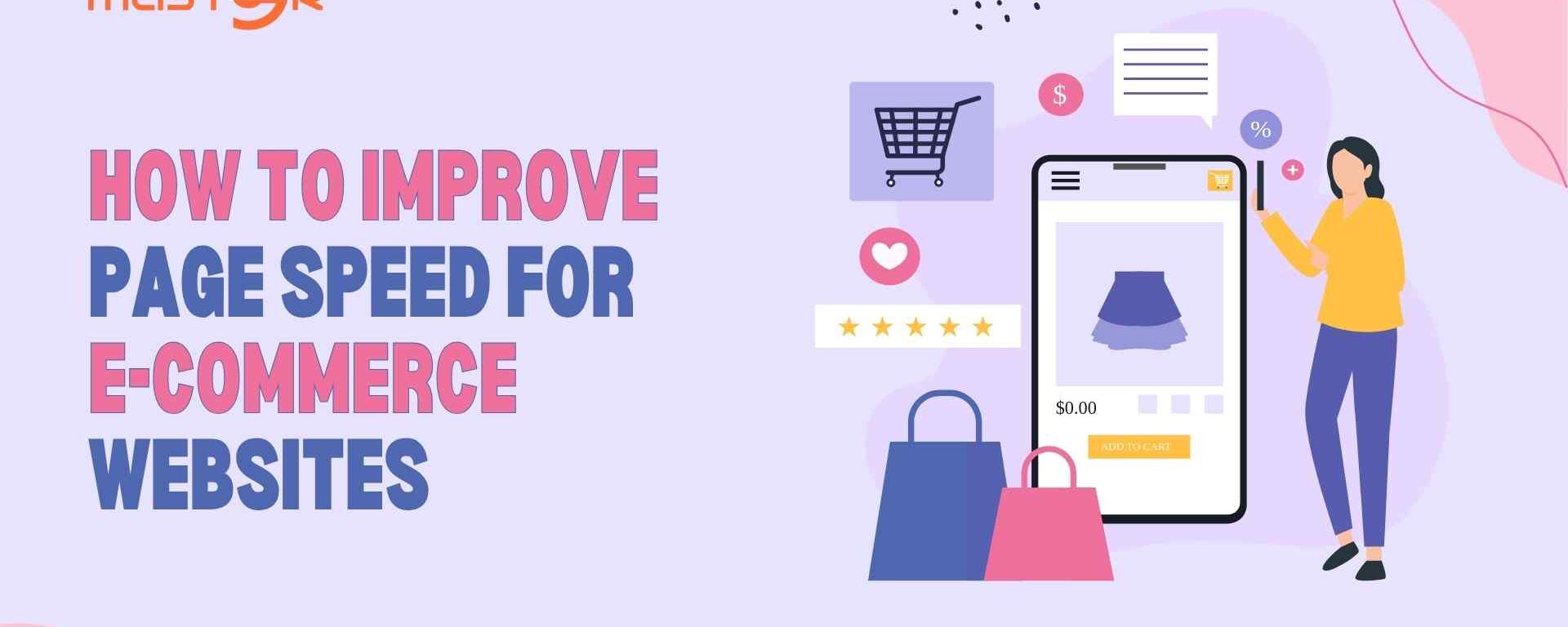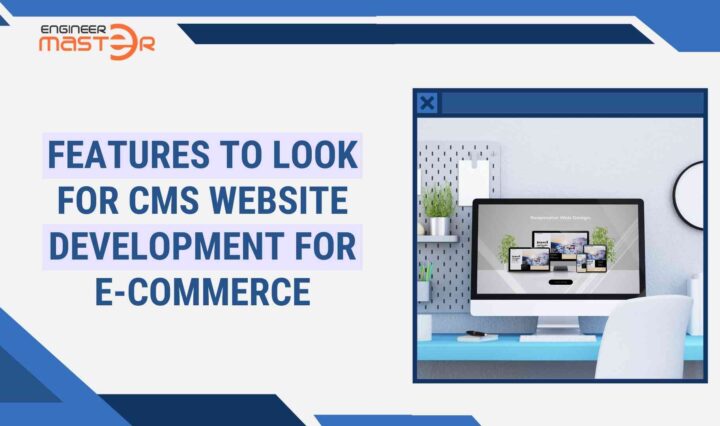Page speed is a necessary factor for e-commerce success. A slow website can frustrate users, increase bounce rates, and negatively impact your search rankings. In today’s fast-paced digital world, optimizing your e-commerce page speed is essential for higher conversions and better user experience.
A slow-loading website can frustrate visitors. This leads to higher bounce rates and ultimately hurts your search engine rankings. It boosts conversions and provides a smooth user experience.
In this blog, we will explore how you can boost your website performance and ensure faster loading times.
Table of Contents
Factors To Improve Page Speed For E-commerce Site
1. Better Images
High-resolution images are essential for showcasing products. It slows down your website. Use image compression tools like TinyPNG or ShortPixel to improve images without compromising quality. High-resolution images are essential for showcasing products. It can slow down your site. Use image compression tools like TinyPNG or ShortPixel to optimize images without compromising quality. Also, consider modern formats like WebP, which provide better compression than traditional JPEG and PNG files.
2. Set Browser Caching
Catching allows returning visitors to load your pages more quickly by catching website data in their browsers. Set up browser caching in your.htaccess file or with a cache plugin if you are using a platform like WordPress or Shopify.
3. Reduce HTTP Requests
Reducing unnecessary elements, combining CSS and JavaScript files, and using parallel loading can help decrease page load times.
4. Use A Content Delivery Network (CDN)
A CDN improves website performance by storing copies of your website’s content across multiple global servers. When a user accesses your website, the nearest server delivers the content, reducing latency and improving speed.
5. Optimize Your Code
Optimizing HTML, CSS, and JavaScript removes unnecessary characters, spaces, and comments, making your site load faster. Tools like Google PageSpeed Insights can help identify can help identify areas for improvement.
6. Pick A Quick Hosting Provider
Your hosting provider plays a significant role in your e-commerce page speed. Opt for a reliable hosting service with SSD storage, sufficient bandwidth, and high uptime rates. If possible, choose a managed hosting solution tailored for e-commerce platforms.
7. Reduce Redirects And Broken Links
Excessive redirects slow down your website by increasing the time it takes for a browser to load a page. Regularly audit your site using tools like Screaming Frog to identify and fix broken links and unnecessary redirects.
Conclusion

Improving website performance and ensuring faster loading times are essential for e-commerce success. By implementing these strategies, you’ll not only boost your SEO rankings. You can enhance user experience and increase sales. Start optimizing today and watch your e-commerce store thrive.


 Like
Like LOVE
LOVE Win
Win Cute
Cute LOL
LOL OMG
OMG WTF
WTF Fail
Fail


